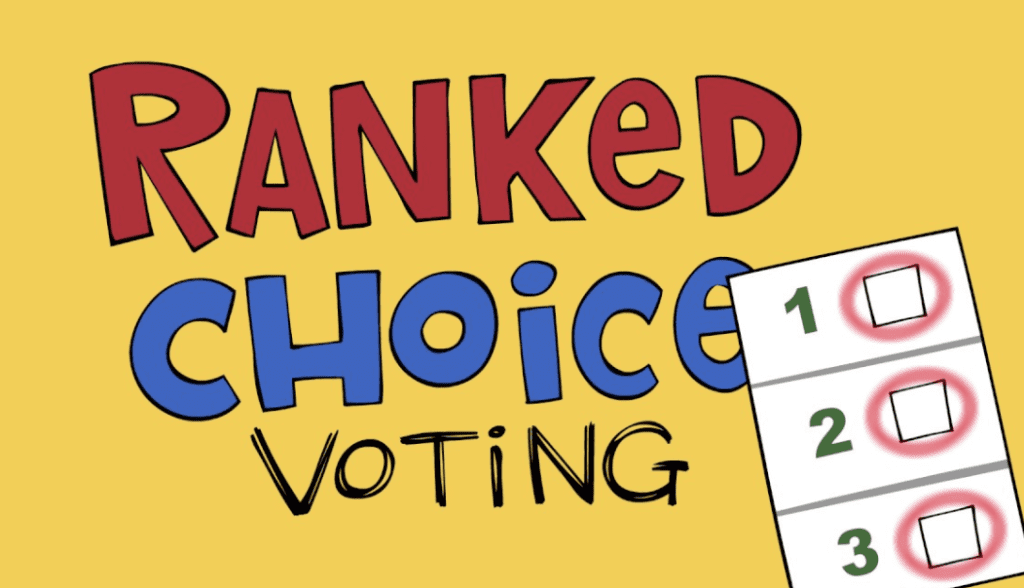Recently I’ve heard from friends across the country who ask the same question: How did Minneapolis, once known as an innovative, trendsetting city, so quickly become a city adrift without bold leaders? It’s an easy question to answer if you consider how Minneapolis elects its mayor and City Council: In 2009, Minneapolis adopted an untested method of electing city officials called ranked-choice voting. RCV is now partly responsible for the demise of our once-great city and threatens the vibrancy of others who are following in our footsteps.

Like many bad ideas that Minneapolis adopted in recent years, RCV is now under consideration by previously thoughtful and well-managed suburbs like Bloomington and Minnetonka. They would be wise to consider the lessons learned the hard way in cities that have rushed to adopt RVC and have seen great confusion in subsequent elections. RVC also fails to ensure that during these important times, every ballot counts.
Ask most Minneapolis voters about how ranked-choice voting works and you’ll get many different answers — until you ask the political power brokers who brought this mess into our city. They seem to be the only ones informed about how the confusing process works and why it’s preferential to the traditional one-person, one-vote system that seemed to work well in electing a long history of great Minneapolis leaders.
Ranked-choice voting was sold to Minneapolis voters as a way to increase voter participation and to foster positive campaigns. In fact, it has had little positive effect on campaigns, and voter turnout remains low. In our last mayoral election (which was also the third using RCV), voter turnout in Minneapolis was only 43%. The victor in that 16-candidate race was Jacob Frey, who prevailed after five rounds of counting that was not complete on Election Day. In the previous mayoral election of 2013, Betsy Hodges prevailed in a 35-candidate race that took 33 rounds of counting. Even then, she only received a plurality of the votes, totaling 48.95%.
The two Minnesota cities that have experience using RCV, Minneapolis and St. Paul, are far behind many major metropolitan cities in municipal election voter turnout. RVC doesn’t revive voter apathy — competitive races that engage a broad swath of the electorate does. In fact, if RCV advocates truly want to drive greater voter engagement and turnout, they would allow nonpartisan municipal elections to occur during midterm election years. Odd-year elections are a holdover from the Progressive Era in politics. Progressives enacted a series of electoral reforms designed to “make it harder for political machines to corrupt local elections.” Indeed, their campaign mantra at the time was that they wanted “an informed electorate, not just a big one.”
In fact, several progressive communities like Aspen, Colo., and Burlington, Vt., have repealed RCV after witnessing much of what Minneapolis voters have seen: RCV fails to produce more positive campaigns with higher voter participation. It makes balloting very confusing for voters, but importantly, it fails to produce a majority of votes for the winner (one of RCV’s key talking points) and it takes days and sometimes weeks to tally the eventual winners.
In 2018, Maine election officials spent nine days tabulating the confusing RCV ballots cast for Congress that also failed to produce a majority of votes cast for the eventual winner. The Maine Policy Institute conducted postelection research that determined that “in 96 races examined, 61% failed to produce a true majority winner.” Mainers were so disillusioned by the 2018 RCV experiment that their 2020 ballot will include a citizen-driven ballot initiative to repeal statewide RCV. It’s interesting to note that the only state to adopt RCV is now preparing to repeal it.
But the most disturbing fact that RCV advocates fail to mention when selling this confusing proposal is that “one-person, one-vote” is a bedrock principle of our democracy. In ranked-choice voting, sometimes your vote does not count in determining the final winner. That’s because you may have selected as your top three choices candidates who are quickly eliminated from consideration. In that case, your ballot is discarded and your vote no longer counts. To avoid “ballot exhaustion” or discarding your ballot, voters must be clairvoyant on the eventual outcome when choosing their top three candidates. To vote otherwise means your vote won’t count.
I don’t need to tell anyone that all of the events of 2020 have left many Americans feeling overwhelmed, exhausted and fearful for our republic. Yet many of us look ahead toward Nov. 3 with hope and expectations that our election will occur, and that every vote will be tabulated in a safe, secure and timely manner. When a winner is announced on Election Day, a smooth and peaceful government transition will proceed as it has for more than 230 years.
Election Day reminds us all that elections are about determining what is best for our city, state and nation as well as for preserving our republic. Elections are not about preserving political power for a few, which is ultimately the only promise fulfilled by ranked-choice voting.
This commentary is reprinted from the August 10, 2020 Star Tribune. Annette Meeks is CEO of the Freedom Foundation of Minnesota. She lives and works in Minneapolis.